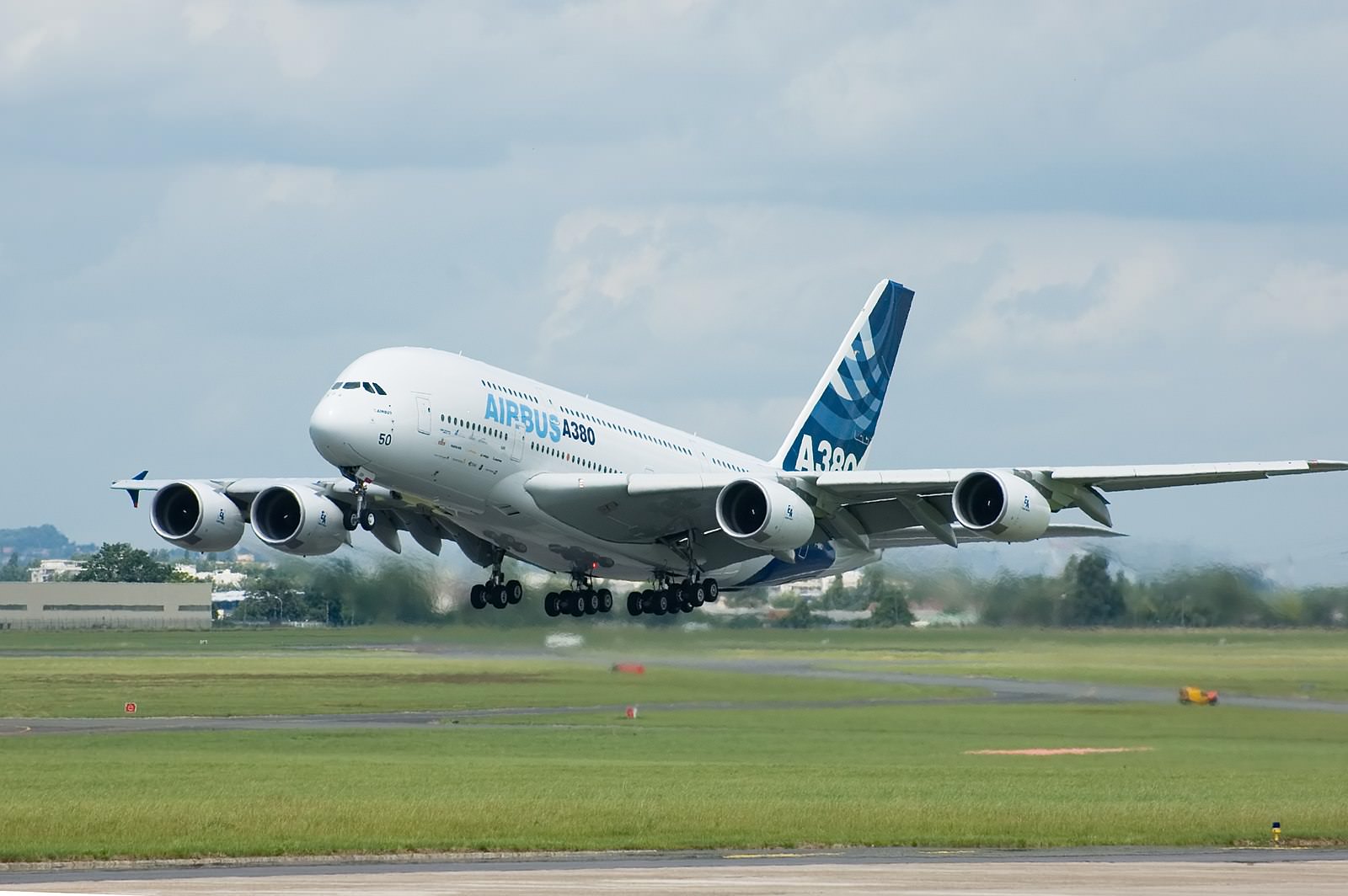Business
Airlines Struggle to Reach Net-Zero Carbon Emissions by 2050
By Jake Beardslee · August 4, 2023
In brief…
- The airline industry aims for net-zero carbon emissions by 2050 through sustainable aviation fuels (SAFs).
- SAFs are eco-friendly alternatives to traditional jet fuel, emitting 50-80% less greenhouse gases.
- Airlines face supply challenges as SAFs accounted for only 0.1% of jet fuel use in 2022.
- While governments provide incentives and mandates to increase SAF production, sustainability is a major concern.

The airline industry is looking to sustainable aviation fuels (SAFs) as a key solution for reducing emissions and reaching net-zero carbon emissions by 2050. But steep challenges remain in ramping up production to meet heavy airline demand.
SAFs are biofuels or synthetically produced fuels that can replace traditional jet fuel. They are considered more sustainable because they produce 50-80% less lifecycle greenhouse gas emissions compared to fossil jet fuel. SAFs can be blended with conventional jet fuel.
“SAF is already certified for… a 50% blend with kerosene,” Peter Wehle told DW News. He heads innovation at Rolls Royce Germany, which is working to certify 100% SAF use in the future.
Airlines, nevertheless, face a major supply bottleneck. In 2022, SAFs accounted for only 0.1% of total jet fuel use, according to the International Air Transport Association (IATA).
“There isn’t enough SAF being produced today to fuel global commercial airlines for even a single day… SAF continues to be an incredibly scarce source,” Amelia DeLuca, Chief Sustainability Officer at Delta Air Lines, told DW.
Delta aims to use 10% SAFs by 2030 with a goal to reach net zero by 2050. IATA estimates that roughly 450 billion liters of SAFs will be needed annually by 2050 as passenger air travel grows. Yet a mere 300 million liters were produced in 2022.
Governments are stepping in to boost SAF production with mandates and incentives. The EU will require a 2% SAF blend by 2025, rising to 70% by 2050. While a new U.S. tax credit provides $1.25 per gallon of SAF, more supports will be needed, particularly in developing regions like Latin America that lack production capacity.
Ramping up production also raises sustainability concerns. Some SAFs are made from palm oil, which contributes to deforestation. Others are made from food crops. “You have a real concern that some of those feed stocks [used to produce SAFs] are cures that are actually worse than the disease,” Matteo Mirolo, Aviation Policy Manager, Transport & Environment, said on DW.
Many experts believe that achieving net-zero carbon emissions for airlines will ultimately come down to reducing the over all volume of global air traffic. “It’s much easier to avoid a flight than to have to go all the way towards building the fuel that will power it,” Mirolo said.